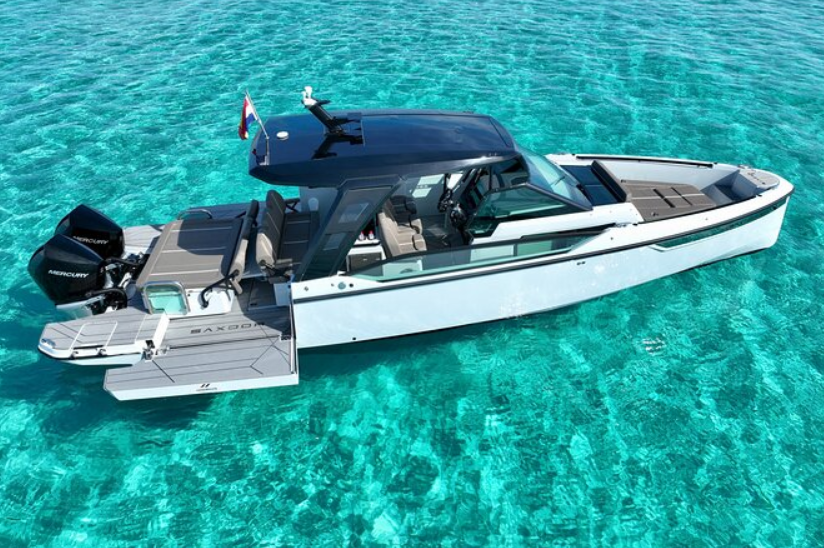Aquarium enthusiasts often face challenges when cultivating aquatic plants, particularly with species as popular as hygrophila polysperma. Recognized for its beauty and versatility, this plant occasionally develops “puntas negras” or black tips, which can concern hobbyists. Identifying the causes behind this phenomenon is essential for preserving the health and vibrancy of your aquatic ecosystem. Here, we’ll delve into the potential reasons for black tips, preventative measures, and maintenance tips to keep your hygrophila polysperma thriving.
What is Hygrophila Polysperma?
Hygrophila polysperma is an adaptable aquatic plant native to Southeast Asia, known for its ability to thrive in a variety of conditions. Often referred to as the “dwarf hygrophila,” it is a favorite among aquarium hobbyists for its rapid growth, minimal maintenance requirements, and striking appearance. The plant is characterized by long, slender stems and bright green leaves that can take on reddish hues under high light.
What Are Puntas Negras in Hygrophila Polysperma?
“Puntas negras,” or black tips, refer to the dark discoloration that sometimes appears on the leaves or stems of hygrophila polysperma. While this condition may not immediately harm the plant, it can indicate underlying issues that, if ignored, might lead to further deterioration. Understanding the root causes can prevent this condition and restore your plant’s health.
Common Causes of Puntas Negras in Hygrophila Polysperma
Nutrient Deficiency
A lack of essential nutrients like iron, potassium, or magnesium often leads to discoloration. These elements play a crucial role in the plant’s growth and vitality.
Poor Lighting Conditions
Hygrophila polysperma requires moderate to high lighting to maintain its vibrant colors. Insufficient light may cause black tips and hinder overall growth.
Water Quality Issues
High levels of ammonia or nitrates can stress plants, resulting in discoloration. Additionally, inconsistent pH levels may exacerbate the issue.
CO2 Deficiency
As a fast-growing plant, hygrophila polysperma thrives in CO2-rich environments. Limited carbon dioxide can lead to slow growth and black tips.
Preventative Measures for Hygrophila Polysperma Puntas Negras
Maintain Proper Nutrient Balance
Using a comprehensive aquatic plant fertilizer ensures that essential nutrients are consistently available. Focus on iron and potassium, as deficiencies in these nutrients often lead to discoloration.
Optimize Lighting
Install high-quality LED lights designed for aquatic plants. Ensure they remain on for 8–10 hours daily, depending on the tank’s requirements.
Regular Water Testing
Monitoring water parameters, including pH, ammonia, and nitrate levels, helps identify and resolve issues before they affect the plants. A weekly partial water change further supports water quality.
Enhance CO2 Levels
Adding a CO2 diffuser or using liquid carbon supplements promotes healthy plant growth and minimizes stress-related discoloration.
Tips for Treating Affected Hygrophila Polysperma
Prune Damaged Leaves
Removing leaves with black tips prevents the spread of potential diseases and encourages healthy regrowth. Use sterilized scissors to minimize contamination.
Adjust Tank Conditions
If discoloration persists, assess and adjust the tank’s lighting, nutrient, and CO2 levels based on the plant’s requirements.
Introduce Companion Plants
Adding complementary species such as vallisneria or anubias creates a balanced ecosystem and reduces competition for resources.
Why Hygrophila Polysperma is Ideal for Aquascaping
Hygrophila polysperma is not only resilient but also visually stunning, making it a popular choice for aquascaping. Its rapid growth and lush foliage create dynamic underwater landscapes. However, maintaining its health ensures that your aquarium retains its aesthetic appeal.
Best Tankmates for Hygrophila Polysperma
Peaceful Fish Species
Fish like guppies, tetras, and rasboras coexist well with hygrophila polysperma. Their gentle nature prevents plant damage.
Bottom Dwellers
Species like Corydoras and kuhli loaches help clean the substrate without disturbing the plant.
Shrimp and Snails
Aquarium shrimp and snails contribute to the ecosystem by consuming algae and organic debris, supporting overall tank health.
The Importance of Routine Maintenance
Consistent maintenance routines are crucial for preventing conditions like black tips. Tasks such as regular pruning, substrate cleaning, and water changes keep your aquatic environment thriving.
Addressing Persistent Issues
Sometimes, despite following best practices, discoloration persists. In such cases, reassess the overall tank setup. External factors like sudden temperature changes or poor filtration might contribute to plant stress. Consulting with experienced aquarists can also provide valuable insights.
How to Prevent Hygrophila Polysperma Puntas Negras Long-Term
Consistency is key. Ensure lighting, nutrients, and CO2 levels are stable. Introducing automated systems for CO2 and lighting can simplify tank management and promote long-term plant health.
Frequently Asked Questions
What causes puntas negras in hygrophila polysperma?
It is often due to nutrient deficiencies, poor lighting, or inadequate CO2 levels.
Can black tips on hygrophila polysperma be reversed?
While damaged leaves cannot recover, addressing the underlying issues promotes healthy new growth.
Is hygrophila polysperma a high-maintenance plant?
No, it is considered low-maintenance but requires consistent care to prevent issues like black tips.
What is the ideal lighting for hygrophila polysperma?
Moderate to high lighting is best, with durations of 8–10 hours per day.
How often should I fertilize hygrophila polysperma?
Weekly fertilization with an all-in-one liquid fertilizer ensures proper nutrient levels.
Can black tips spread to other plants?
No, puntas negras are specific to the affected plant but may indicate shared tank issues.
What fish are best for tanks with hygrophila polysperma?
Guppies, tetras, and Corydoras are excellent choices, as they are plant-friendly.






